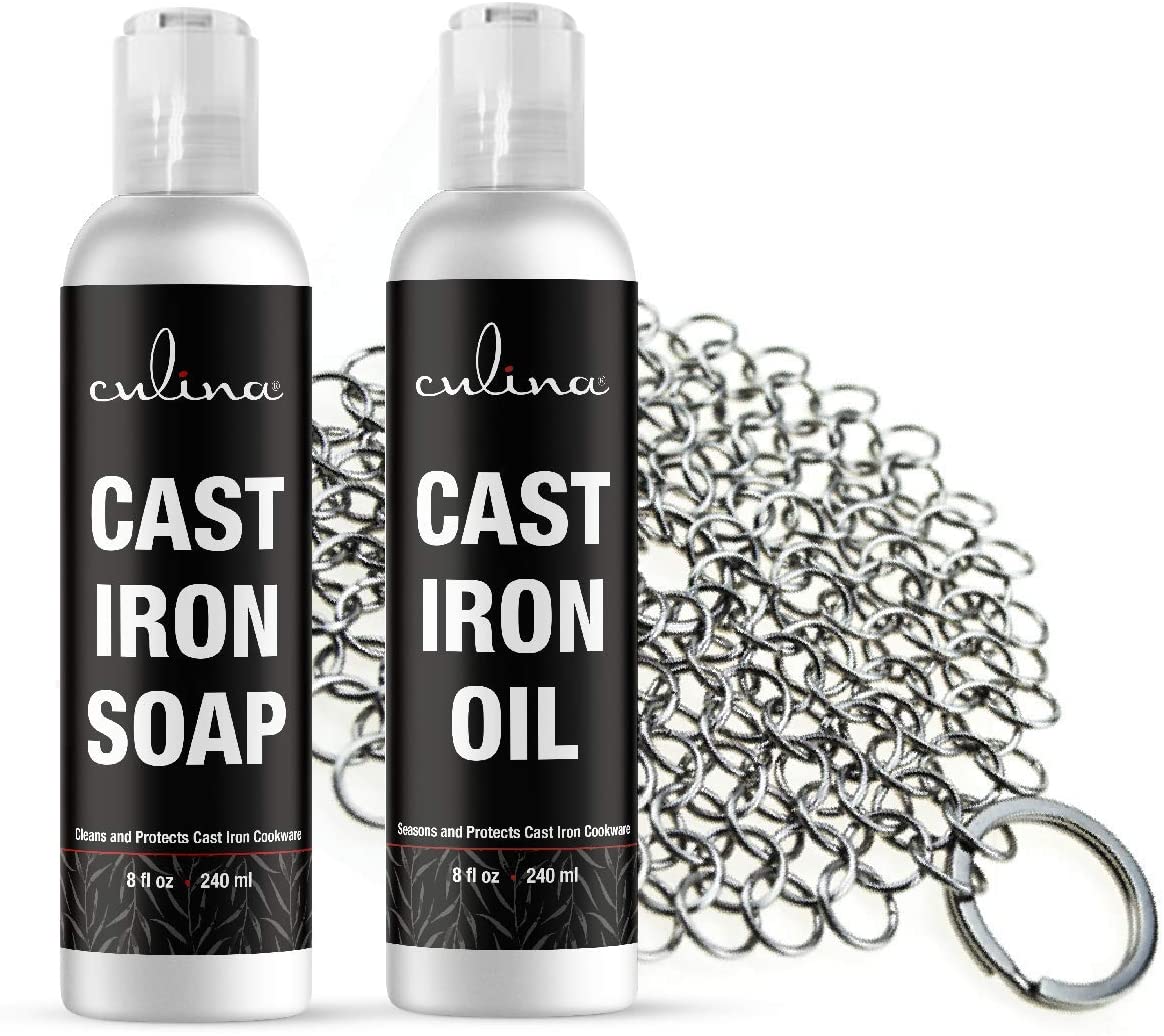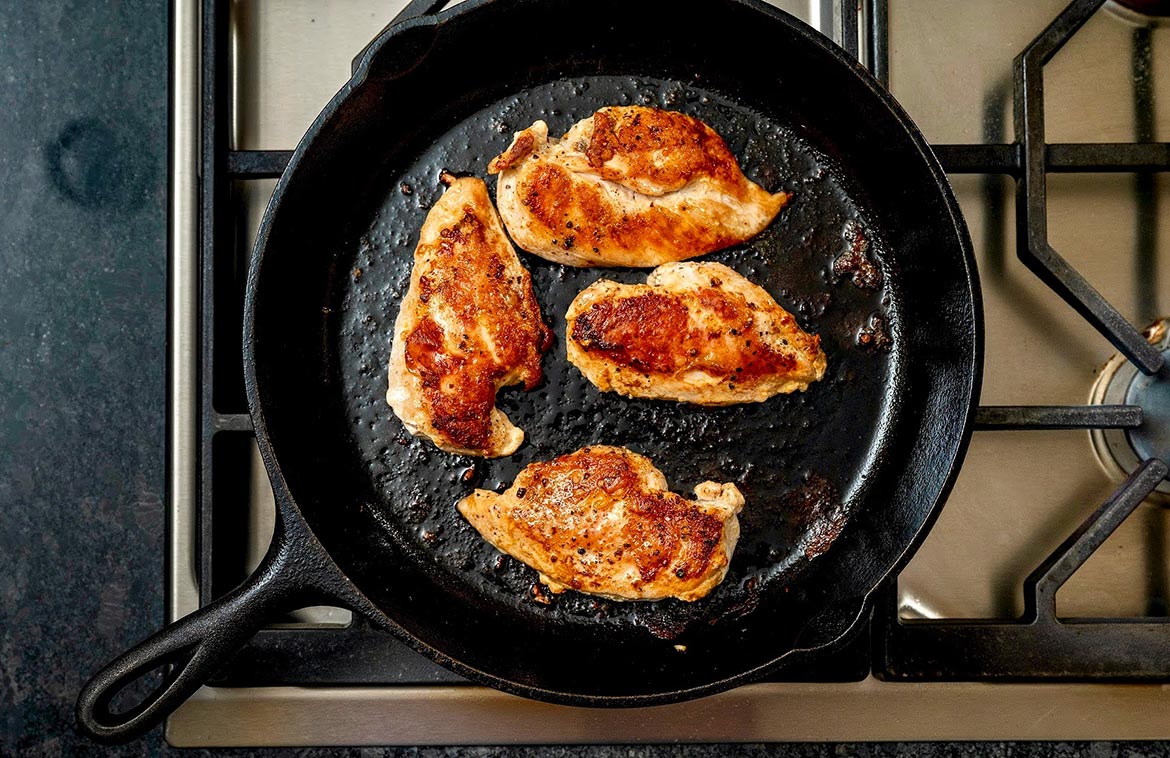When it comes to timeless and essential kitchen tools, both the cast iron skillet and the Dutch oven hold their ground. These two classics have stood the test of time and remain highly favored by professional chefs and home cooks alike. But when it’s about choosing the right one for your culinary needs, the debate of cast iron skillet vs Dutch oven is crucial. Let’s dive in to understand their features, benefits, and differences.

What is a Cast Iron Skillet?
A cast iron skillet is a heavy-duty frying pan made from cast iron. It’s known for its superior heat retention, making it perfect for various cooking techniques like searing, frying, roasting, and even baking. With proper care, a cast iron skillet can last for generations.

What is a Dutch Oven?
A Dutch oven is a thick-walled cooking pot, often made of cast iron, and comes with a tight-fitting lid. It excels at slow-cooking recipes, braising, baking bread, and making stews. Modern Dutch ovens are often coated with enamel, making them non-stick and easier to clean.

Advantages of Cast Iron Skillet
1. Heat Retention
Cast iron skillets are known for their ability to retain heat, making them ideal for searing meat to perfection. The retained heat ensures even cooking, which is crucial for achieving desired culinary results.
2. Versatility
From stovetop to oven, the versatility of a cast iron skillet is unmatched. You can easily switch from frying to baking without using multiple dishes, which is a big advantage.
3. Durability
With proper care, a cast iron skillet can last a lifetime. It’s almost indestructible and can withstand high cooking temperatures without losing its quality.
Advantages of Dutch Oven
1. Slow Cooking
The Dutch oven shines when it comes to slow cooking. The thick walls and heavy lid trap moisture and heat, making it perfect for braising, stewing, and slow-cooking meals like a hearty beef stew or a succulent pot roast.
2. Large Capacity
A Dutch oven generally has a larger capacity than a skillet, making it ideal for cooking large batches of food. It’s perfect for family meals or entertaining guests.
3. Versatile Use
Like the cast iron skillet, a Dutch oven is versatile. It’s suitable for stovetop and oven use, and some models are even safe for open-flame cooking, making them great for camping.
Disadvantages of Cast Iron Skillet
1. Weight
Cast iron skillets are heavy. Handling and maneuvering them, especially when they are full and hot, can be challenging.
2. Maintenance
Maintaining a cast iron skillet requires dedication. They need to be properly seasoned to preserve the non-stick surface and prevent rust. Cleaning them can also be more labor-intensive compared to other types of cookware. For more cleaning tips, you can read here.
Disadvantages of Dutch Oven
1. Weight
Dutch ovens are also quite heavy, especially the larger models. This can make them cumbersome to move, particularly when they are filled with food.
2. Cost
High-quality Dutch ovens tend to be more expensive. While they are an investment due to their durability and functionality, the initial cost can be a deterrent for some buyers.
Cooking Performance: Cast Iron Skillet vs Dutch Oven
1. High-Heat Cooking
For tasks requiring high heat, such as searing steaks or frying chicken, the cast iron skillet excels. Its ability to retain and evenly distribute heat makes it a top choice for these methods.
2. Even Cooking
Both the cast iron skillet and the Dutch oven offer superior even cooking, but the Dutch oven edges out slightly due to its thicker walls and tighter lid, which helps to maintain a consistent temperature.
3. Moisture Retention
The Dutch oven‘s tight-fitting lid traps moisture, making it ideal for slow-cooking dishes where you want to retain juices and flavors.
Preparation and Maintenance Tips
Seasoning the Cast Iron Skillet
Seasoning is crucial for maintaining the non-stick surface of your cast iron skillet. To learn how to season your skillet without an oven, check this guide.
Cleaning the Cast Iron Skillet
Proper cleaning is essential for longevity. After each use, clean your skillet with warm water and a stiff brush. Avoid using soap. For a detailed guide on cleaning, visit this article.
Maintaining the Dutch Oven
Modern Dutch ovens often come with enamel coating, which makes them easier to clean. Handwashing is recommended to preserve the coating. Make sure it is completely dry before storing to prevent rusting.
Proper Storage
Store both cast iron skillets and Dutch ovens in a dry place. If stacking, place a paper towel between them to avoid scratching.
Best Uses for Cast Iron Skillet
Searing and Frying
The cast iron skillet is perfect for high-heat cooking methods, giving your food a beautiful crust and deep flavors.
Baking
From cornbread to cookies, the cast iron skillet‘s ability to retain heat makes it a great baking tool.
Best Uses for Dutch Oven
Braising
Dutch ovens are unparalleled for braising meat, creating tender and flavorful dishes.
Baking Bread
The Dutch oven can turn your kitchen into a bakery, especially when making artisan bread due to its even and moist heat.
Conclusion: Choosing the Right Tool
Choosing between a cast iron skillet and a Dutch oven ultimately depends on your cooking preferences and needs. Both are invaluable tools that offer unique advantages. Consider your typical recipes, the cooking methods you frequently use, and your kitchen space before making the decision.
FAQ
What are the main differences between a cast iron skillet and a Dutch oven?
A cast iron skillet is a frying pan known for high heat retention, while a Dutch oven is a thick-walled cooking pot with a tight lid, ideal for slow cooking and baking.
Can you use a Dutch oven for frying?
Yes, you can use a Dutch oven for frying, though it may not be as convenient as a cast iron skillet due to its size and weight.
How do you maintain a cast iron skillet?
Maintain your cast iron skillet by regular seasoning, cleaning without soap, and storing it dry to prevent rust. For more tips, check this link.
As an Amazon Associate, I earn from qualifying purchases.
